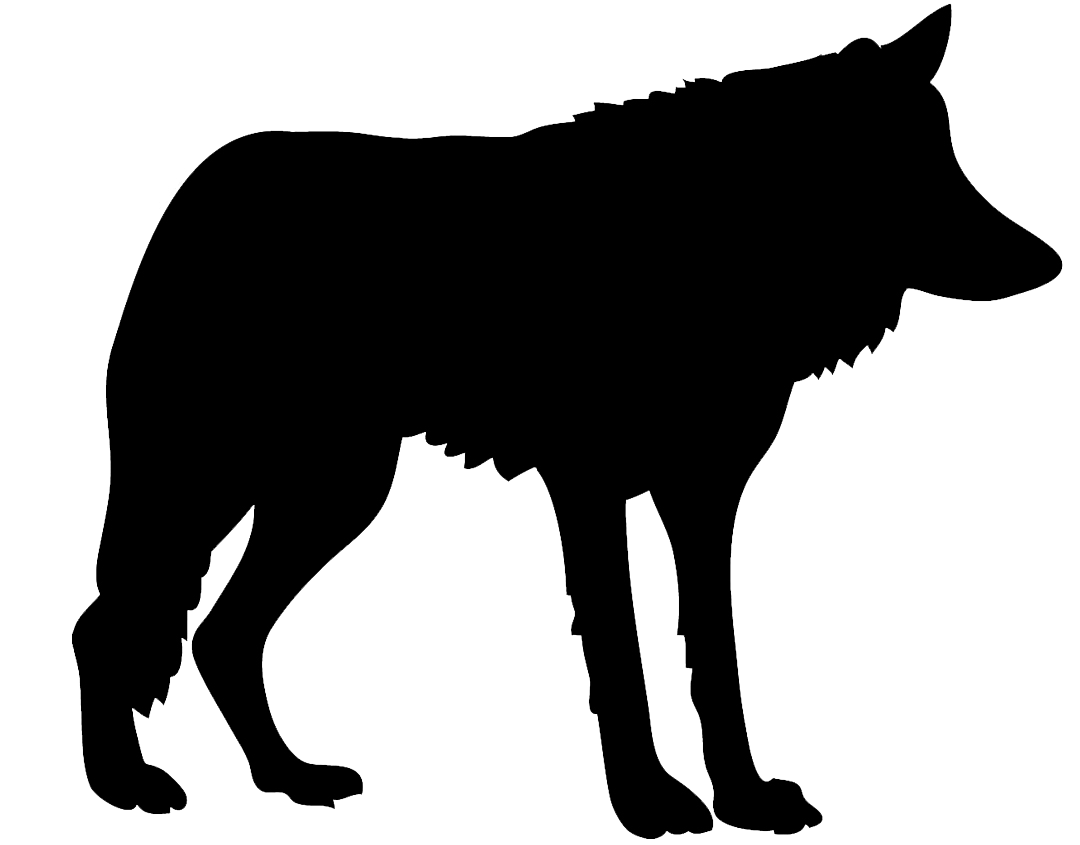DENVER — The wolf that wildlife officials tried to kill last month after a series of deadly sheep attacks in Rio Blanco County is the lone Copper Creek wolf that was not successfully captured a year ago, Colorado Parks & Wildlife revealed in a report Friday.
The agency arrived at the conclusion after genetic testing of blood and tissue left behind after the attempted removal.
Wildlife officials tried to kill the wolf after eight sheep deaths occurred in less than a month between two livestock grazing areas within a 6.5-mile radius. Four depredation events happened between July 20 and Aug. 16.
A removal effort was authorized on Aug. 4, but evacuation orders from the Lee Fire that had sparked two days prior kept wildlife officials from accessing the area to kill the wolf.
We now know that CPW and Wildlife Services made two attempts to remove the wolf in the days before the fourth sheep depredation. On both Aug. 13 and Aug. 15, staff from both agencies went to the area where the wolf was believed to be located and tried to lure it with electronic calls, but the wolf didn’t respond to the calls either time.
On Aug. 16 — in the hours after another depredation event in which the wolf apparently killed one lamb and injured three more (one of which would later die) — wildlife officials located the wolf and shot it once with a medium-caliber hunting rifle.
Officials were not able to find the wolf during an ensuing search of the area, which CPW describes as having variable terrain, dense vegetation and limited visibility. Daily searches over the next five days were also unsuccessful.
They did, however, find at least one branch with blood on it as well as some bone and tissue fragments in the area. The blood and tissue samples were tested at the National Wildlife Research Center on Aug. 21.
Genetic analysis found that it was a male western wolf believed to be offspring from two known Colorado wolves: 2309 and 2312.
Based on this evidence, CPW said it had concluded that the wolf was the Copper Creek pup that went uncaptured during a capture mission last September.
On Sept. 9, 2024, CPW believed it had captured the entire Copper Creek pack — two adults and four pups — as it had planned to after a series of depredations in Grand County, particularly in Middle Park. In the weeks that followed, though, game camera footage in the area showed a wolf pup that was thought to be a fifth pup from the pack.
While it could not confirm it killed the wolf last month in Rio Blanco County, CPW said there have been no other reports of wolf depredation in the area since Aug. 16. The agency says it is still monitoring potential wolf activity in Rio Blanco County.
- Read CPW's full final report on the removal operation below:


Denver7 in-depth wolf coverage
The below list outlines an overview of the known wolf population in Colorado:
- Six wolves surviving from the original 10 that were released in December 2023 (one died of a likely mountain lion attack, a second died from injuries sustained prior to his capture as part of the Copper Creek Pack relocation effort, a third wolf became sickly and died, and a fourth died in Wyoming)
- Three of the five wolf pups born in the spring of 2024 (one male was killed by CPW after multiple depredations in Pitkin County and a second male was killed for the same reasons in September)
- 10 wolves surviving from the 15 that were released in January 2025 (one was shot and killed by Wildlife Services in Wyoming, a second died of unknown causes in Wyoming, a third died in Rocky Mountain National Park, a fourth died in northwest Colorado and the fifth died in northwest Colorado after it was likely hit by a car)
- Unknown number of pups born in four packs in 2025
- Two wolves that moved south from Wyoming several years ago
- One uncollared wolf that was last known to be in northwest Moffat County in mid-February. It is not clear if it is alive or still in the state.
- Possible, but unconfirmed, wolf in the Browns Park area as of February. It is not clear if it is alive or still in the state.
Denver7 has been following Colorado's wolf reintroduction program since the very beginning, and you can explore all of that reporting in the timeline below. The timeline starts with our most recent story.





